Why Indian cinema needs a pivot and how creative producers can help balance commerce with the art of filmmaking
Over the last few years, Korean content has permeated the world. From the web series Squid Game to K-pop and K-dramas, not to mention films — think Oscar-winning Parasite (2019) and director Park Chan-wook’s Cannes winner, Decision to Leave(2022). This success, however, did not come easily or quickly. The work towards putting Korean culture on the world stage began more than two decades ago, championed by creative producers such as Miky Lee, vice chairperson of entertainment company CJ ENM (which backed Parasite) and Chan-wook, who produces through the company Moho Films
In the context of Indian filmed entertainment, however, this consolidated or focused commitment to taking Indian culture global has not been a priority, in part owing to a lack of understanding on how to do so.
A few years ago, Ritesh Batra’s The Lunchbox, starring Irrfan Khan, Nawazuddin Siddiqui and Nimrat Kaur, broke out of traditional diaspora distribution to reach a mainstream global audience. A decade later, the Indo-German-French co-production — about a lonely widower and how his life changes when the wrong lunch box lands on his desk — remains one of the few examples of an Indian film with such universal appeal and strong sales, and distribution allies in American and European markets.
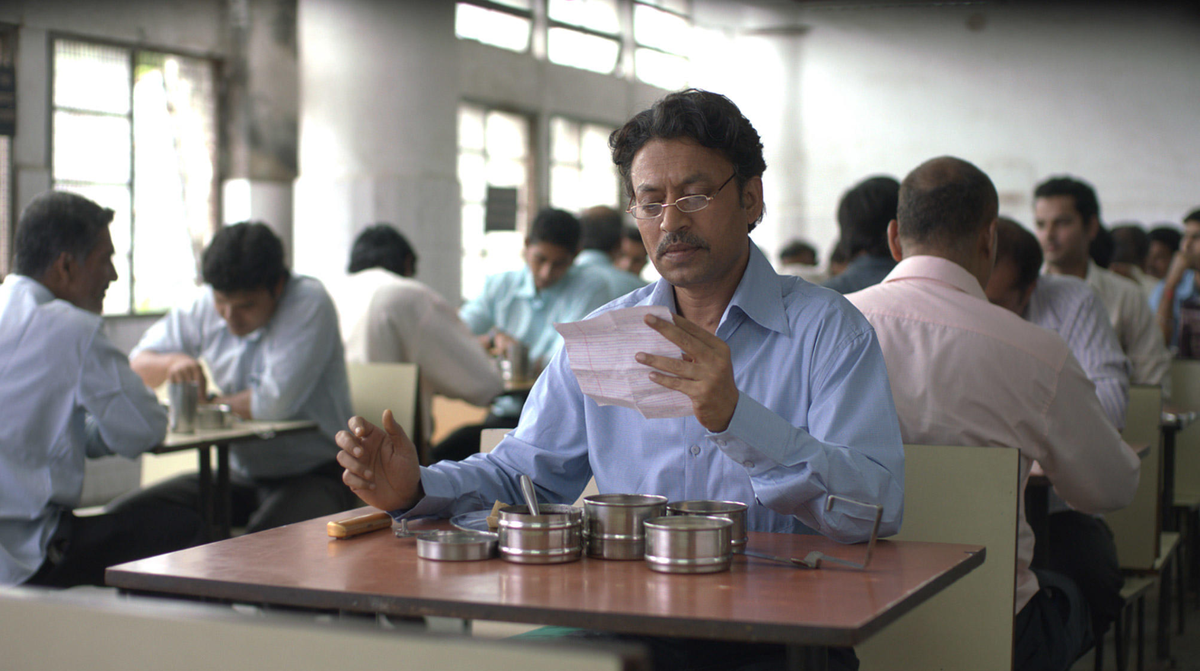
Irrfan Khan in The Lunchbox
| Photo Credit:
Special arrangement
Rohena Gera’s Sir, Neeraj Ghaywan’s Masaan, Shubhashish Bhutiani’s Mukti Bhawan, and Chaitanya Tamhane’s Court and The Disciple are a few other titles that made waves in some regions, but did not strongly penetrate the worldwide mainstream space. Yet every year, idealistic filmmakers swim against the tide to get their films produced, financed and distributed in the hope that they traverse borders.
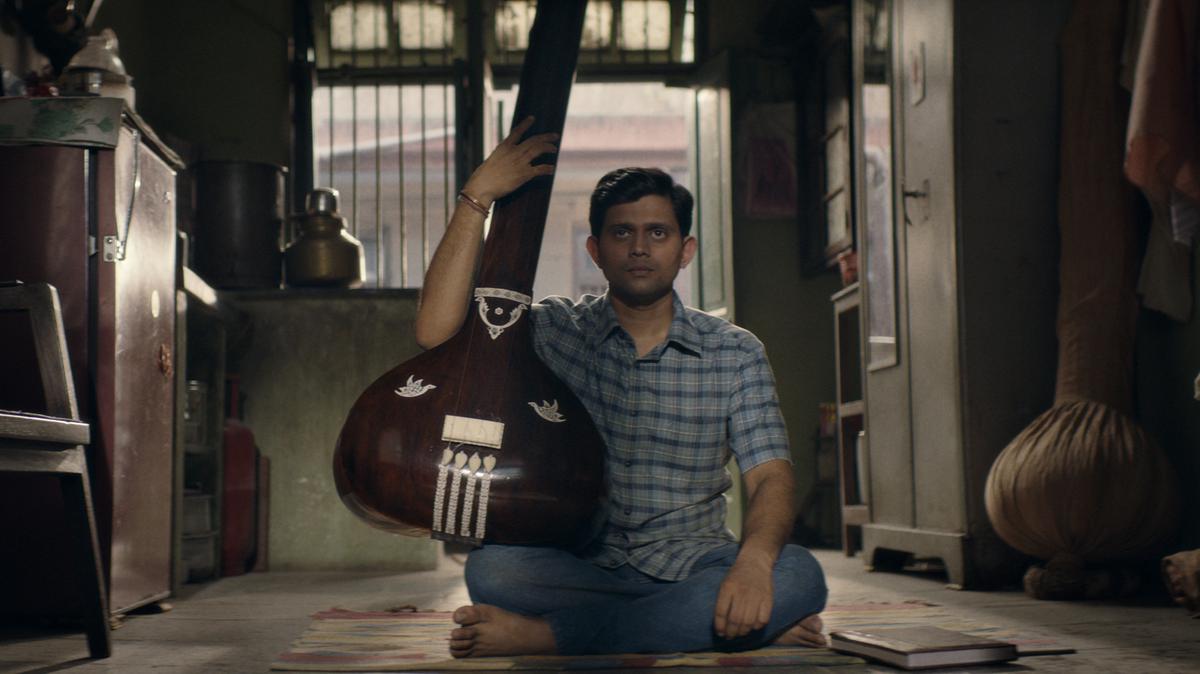
Chaitanya Tamhane’s The Disciple
| Photo Credit:
Courtesy of Netflix
Going glocal with Indian cinema
Earlier this month, a project accelerator programme called Ascent concluded the first of its three-part module under the banner of ProducerLAND, a curated training and networking programme, at a residency in Goa. Designed to help experienced South Asian producers by providing them with “global expertise and support to maximise their project’s potential”, it focuses on specifics such as creative producing, funding, co-productions and impact producing with the intent to help develop the selected projects for international markets and audiences.
The projects range from non-fiction features (including an animation), fiction features (including a psychological horror) and episodic shows (including a fiction live action piece). “The common criteria were that they all have international appeal and will be mounted as international projects,” says Celine Loop, programme director of ProducerLAND.
Celine Loop
| Photo Credit:
ProducerLAND
At a nascent stage, the projects are ripe for mentoring and incubation. “It was important to take projects that still have scope for incorporating insights and feedback to maximise their potential,” she adds. “A mistake that many of us have made in the past is making a film without thinking about the audience, the market, who this film is for. Then you have a finished film in hand, and you’re thinking: which festival should I go to or seek sales agents for? So, in that sense at least, the mindset of mounting a film for an international market should happen at an early stage.”
Where fiction narrative appears to be floundering, in recent years, non-fiction Indian films have received unprecedented appreciation — at international festivals and awards ceremonies. Rintu Thomas and Sushmit Ghosh’s Writing with Fire became the first Indian film to get nominated in the best documentary feature category at the 2022 Oscars. This year, Shaunak Sen’s All That Breathes (best documentary feature) and Kartiki Gonsalves’ The Elephant Whisperers (best documentary short film) have earned Oscar nominations. What are they getting right? Leveraging grants, film festival reach, and local themes with universal appeal are some of the boxes they are determinedly checking.
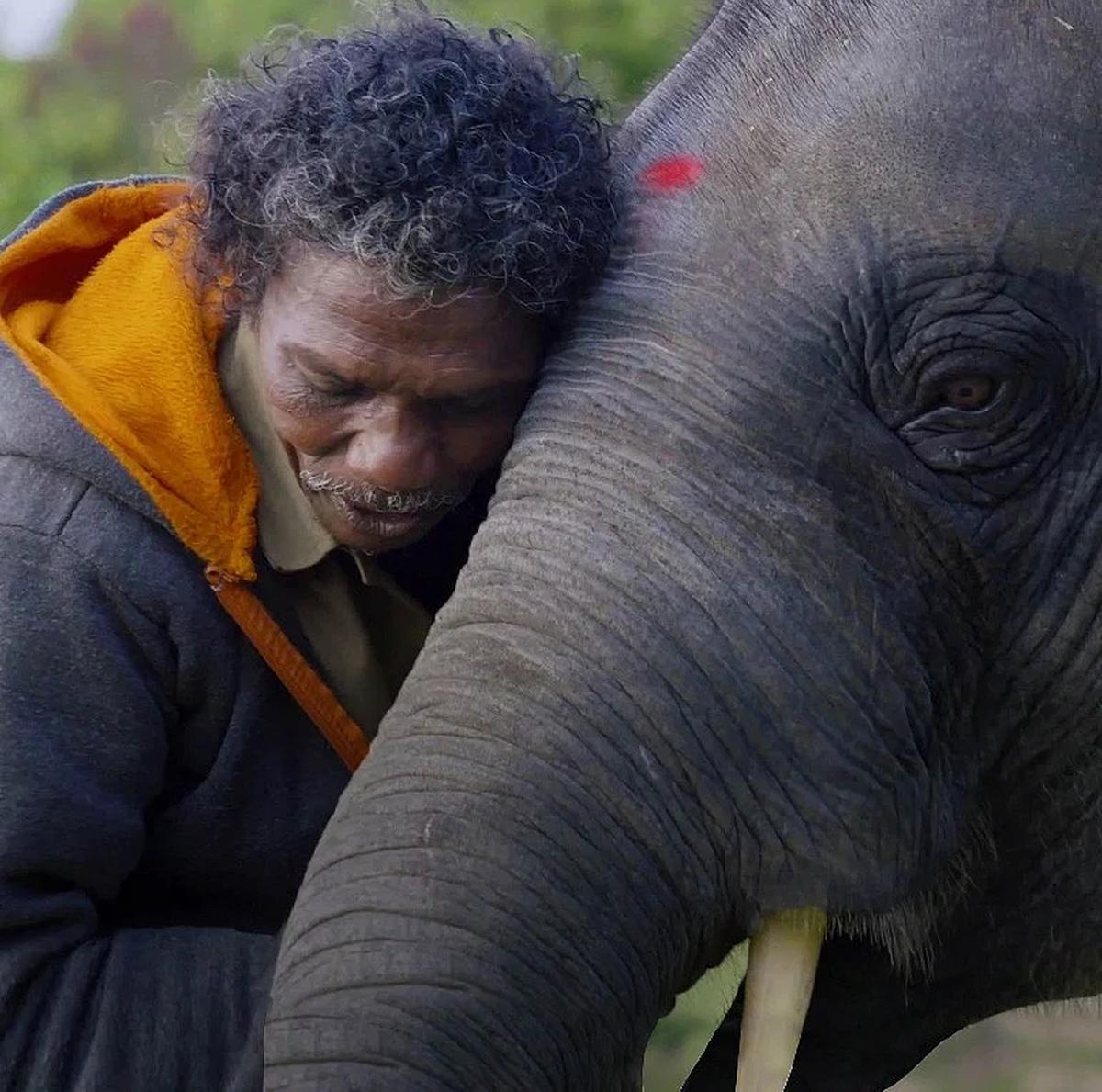
A still from Kartiki Gonsalves’ The Elephant Whisperers
| Photo Credit:
Special arrangement
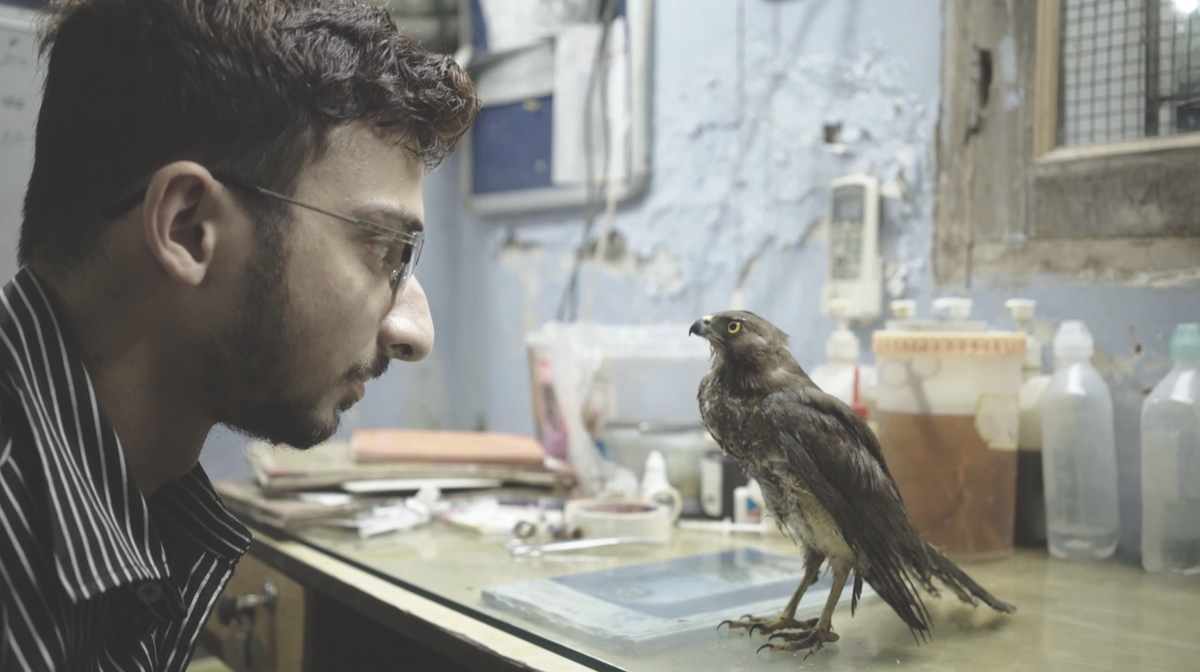
A still from Shaunak Sen’s All That Breathes
| Photo Credit:
Special arrangement
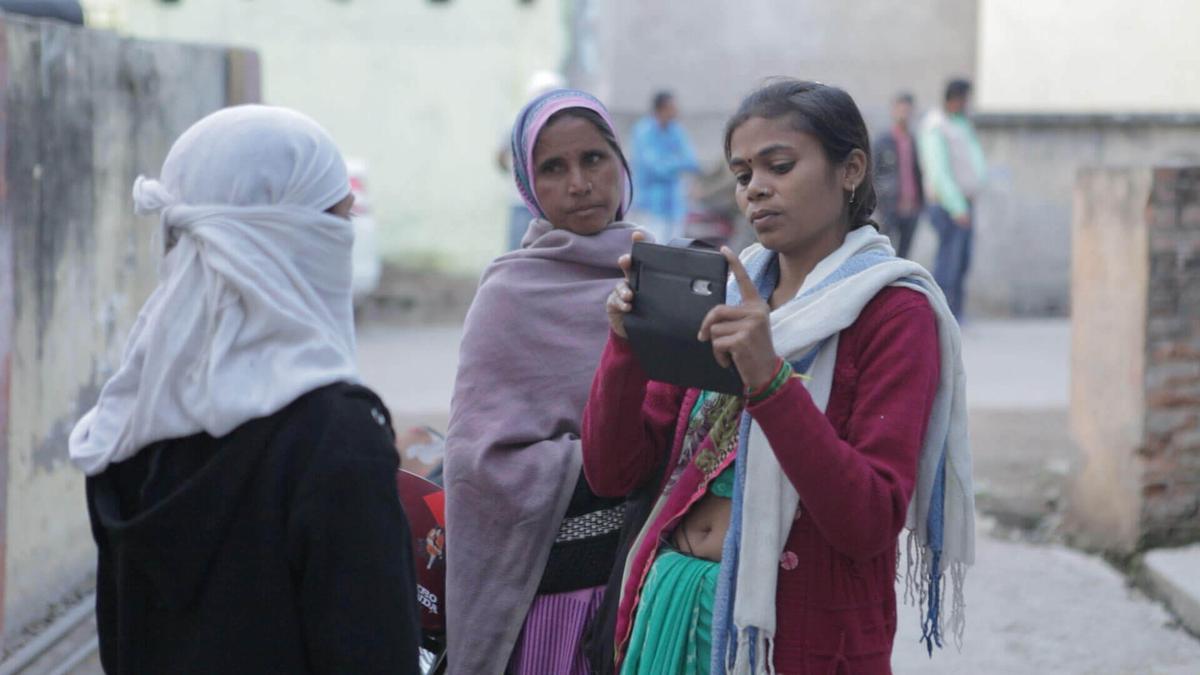
A still from Rintu Thomas and Sushmit Ghosh’s Writing with Fire
| Photo Credit:
Special arrangement
On the other hand, besides the occasional selection at Rotterdam, Cannes, Berlin, Toronto and Venice film festivals and the immediate burst of media attention at the time, feature films rarely find sales agents or distributors who can take them to cinematic or even digital release in non-Indian language speaking territories.
Creative producers imagine bigger stories
Most producers, directors and sales agents agree that for a film to have international relatability, first it needs to be authentically local. Guneet Monga, co-producer of The Lunchbox and The Elephant Whisperers says: “Largely, there are two genres: the big canvas, escapist experience like Devdas, and the more internal film, like Monsoon Wedding or The Lunchbox, which make you feel something that is a fraction of the reality you have experienced. The latter films expose you to a certain culture. You get to know something about the fabric of society and interpersonal relationships. From films we have learnt that, like us, Italians have large families or that American politicians are very fit and go running. From Indian films like Kumbalangi Nights, Fandry and Court, we have learnt more about life in Kerala and the villages of Maharashtra.”
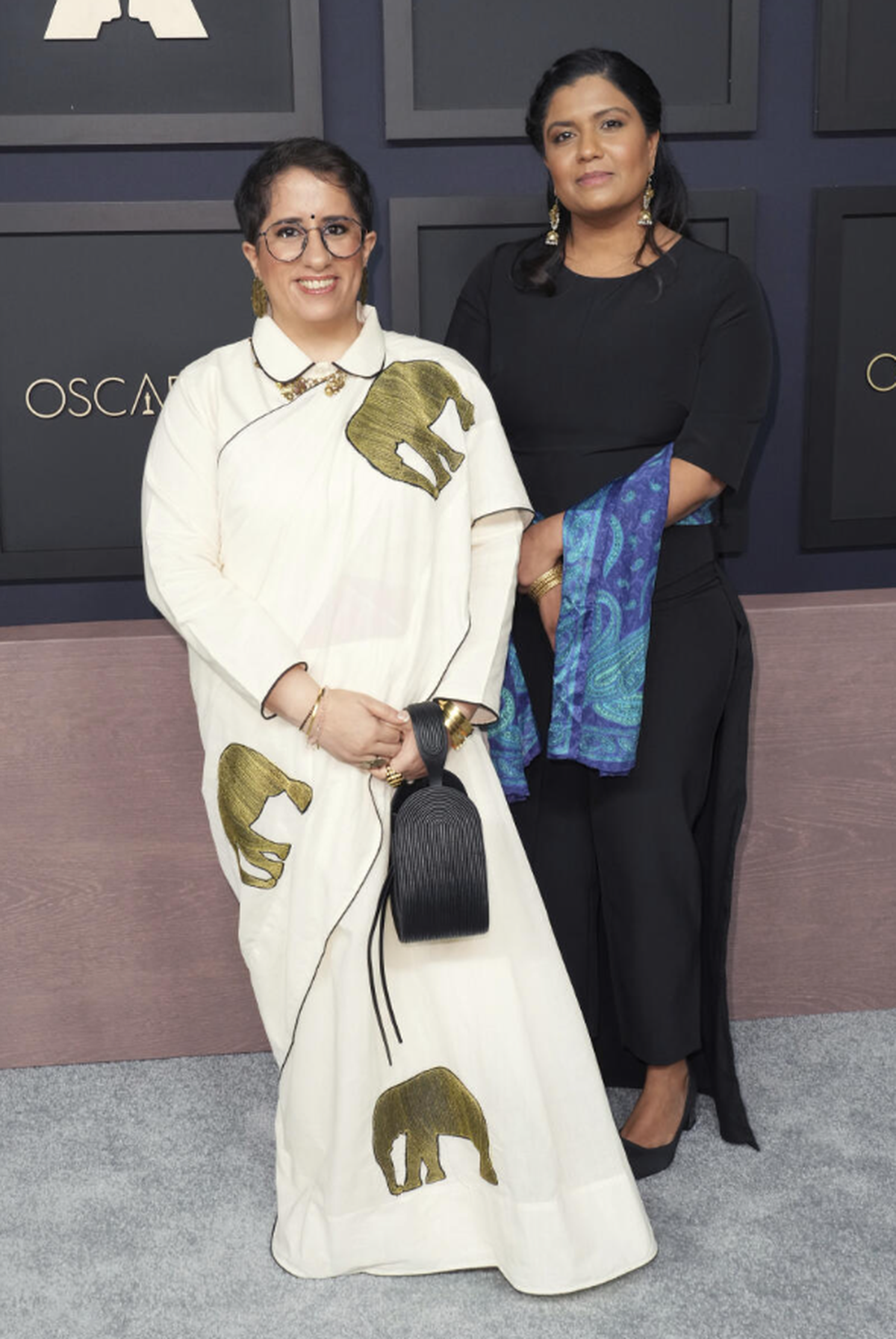
Guneet Monga and (right) Kartiki Gonsalves at the 95th Academy Awards nominees luncheon
| Photo Credit:
AP
Monga is speaking from experience. She along with Shwetaabh Singh ( Eeb Allay Ooo!), Vivek Gomber ( The Disciple), Alan McAlex and Ajay Rai of Jar Pictures ( Liar’s Dice, Killa), Aman Mann ( All That Breathes) and Kimsi Singh ( Soni, Milestone) are among India’s creative producers of note.
Intrinsically, creative producers have to balance commerce with the art of filmmaking. They do not merely raise finance, but assist in the development of a project from its inception. “He or she needs to have an understanding about the target audience, positioning, creative development, mounting of the team, designing the finance plan, and maximising the potential of the project in getting the right partners on board,” says Loop.
Planning ahead
Reportedly, one of the reasons why actor Dhanush took up the English language adventure comedy The Extraordinary Journey of the Fakir was to learn from international productions. During promotions in Cannes in 2018, he said in an interview that he wanted to learn not just about acting styles but also about production and planning.
Rooted in the known
Mann, who produced All That Breathes, believes that a creative producer needs to make a holistic contribution to the project. This begins with development funds and grant proposal writing, to pitches. “Creative producers have a role to play in helping the filmmaker frame their work in a particular way,” he says. “You need to constantly be on the same creative bandwidth as the director. Shaunak was a very collaborative director and his creative vision drove the project.”
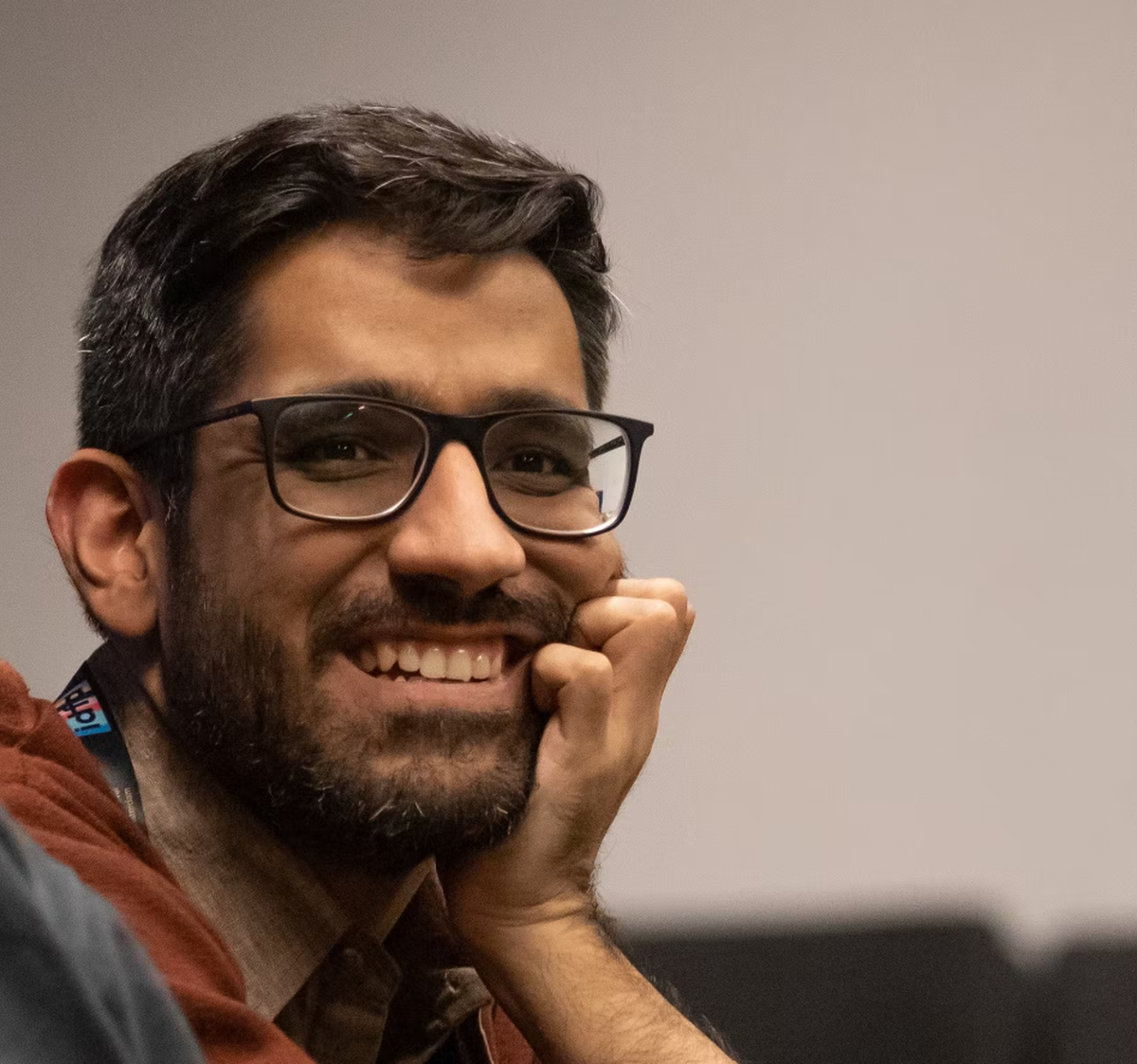
Creative producer Aman Mann
| Photo Credit:
Special arrangement
Taking learnings from their earlier documentary, Cities of Sleep (2016), Sen and Mann amended their approach to All That Breathes. “We decided to produce it ourselves. We took our time applying for grants and used the waiting period to figure out the film’s aesthetic form and visual language. We were also more strategic on release and distribution.”
All That Breathes follows two brothers who devotedly care for black kites in Delhi’s toxic environment. The documentary won top awards at both Sundance and Cannes last year, and was released on HBO Max earlier this month.
Speaking about the kind of stories that appeal to an international audience, Ascent’s lead mentor and curator, Tanja Meissner, previously head of international sales at Memento, says, “There is a need for originality. When you have a specific story that can only be told in a specific environment, that is much more interesting for people to discover. It’s more difficult to make a universal kind of story that could have happened anywhere than to tell a unique kind of plot, which has cultural specificity.”
Tanja Meissner
| Photo Credit:
ProducerLAND
Parasite is an interesting case study. A genre film that’s also a black comedy, which makes comments about society and class, it was made for Korean audiences. But the Palme d’Or win at Cannes and Oscar awards gave it a huge boost globally.
“In India, there are line producers, there is funding, studios, and talent, but there aren’t enough creative producers. We need more producers that understand the system and that can become the lead.”Celine Loop Programme director, ProducerLAND
A much-needed shift
Mainstream Indian movies usually find ready-made audiences within the diaspora. There are a few examples of movies that break into newer territories. Aamir Khan starrer Dangal saw unprecedented success in China, and Telugu film RRR’s global popularity catapulted after its Netflix release. “But to really release for non-traditional audiences is a big challenge. In that case, international co-producers and partners can help,” says Shariq Patel, Chief Business Officer of Zee Studios, which is supporting independent-spirited cinema aiming for a film festival reach. Their film Joram was in competition at the International Film Festival of Rotterdam (IFFR) 2023 and the studio is looking to make contacts at this year’s Berlinale Series Market in Berlin.

Shariq Patel of Zee Studios
| Photo Credit:
Special arrangement
Considering their recent experience at IFFR, Patel observes that while festival selection certainly helps get eyeballs and make contacts, the more important aspect is the next step — converting the selection into sales. “It’s nice to get red carpet pictures, but making an impact on buyers is more important.” That’s where a creative producer can make an impact.
Monga agrees that the understanding of the role of the producer is imperative. “Producing is an art,” she says. “We are a very actor and director driven industry. Not producer driven. In India, producers are seen as financiers. But when you deeply understand co-productions and how to raise equity and grants from around the world, it comes with a lot of word of mouth. The Lunchbox made a huge impact globally. It got distributed like Bend It Like Beckham or Monsoon Wedding, even though it is not in English. We followed it up with Masaan. What worked for both these films is that we had international and Indian funding, and the international distributors lapped it up for a non-diaspora audience.”
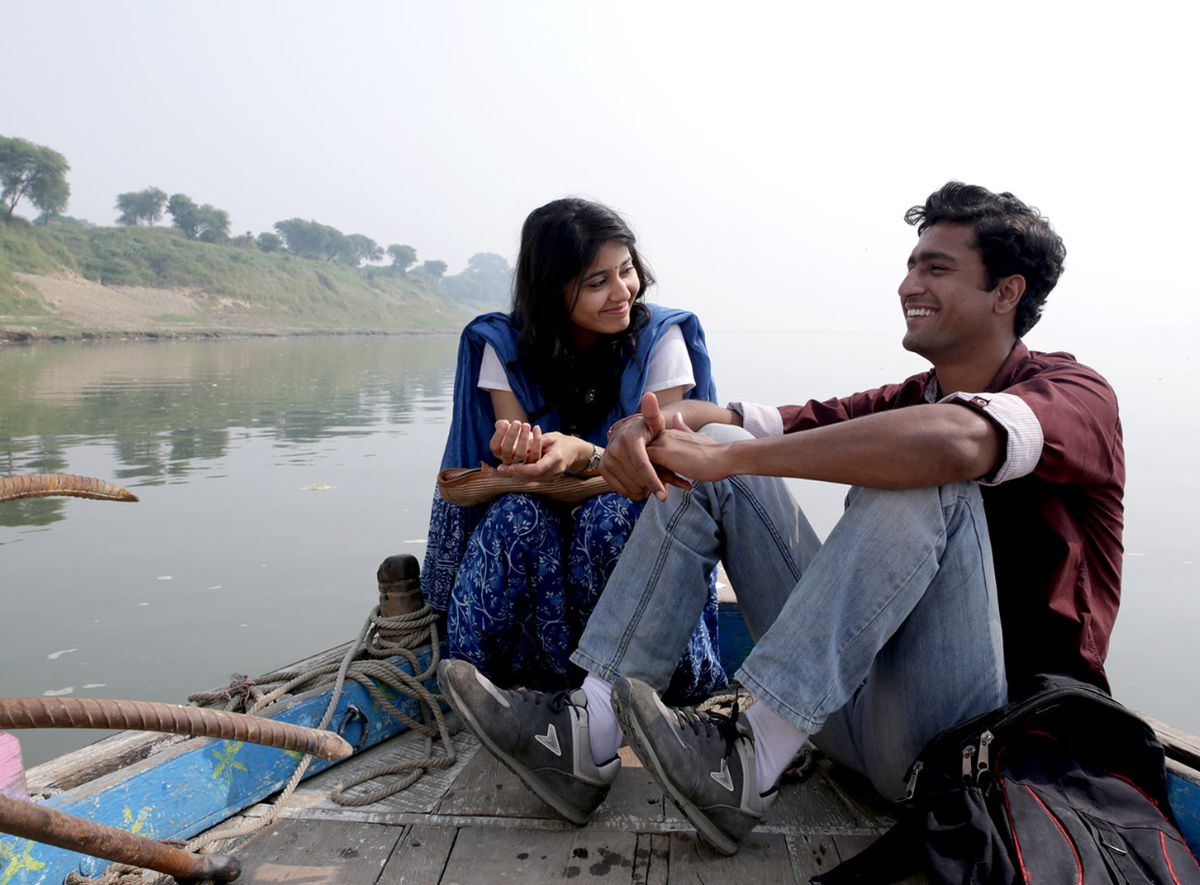
A still from Masaan
| Photo Credit:
Special arrangement
A cheat sheet for aspiring filmmakers looking to mount native for global narratives would be to create something with cultural specificity that is unique, yet universal, and emotionally relatable. “You have to ground your story in a market, for example making a film for an Indian audience, and then try to get it to travel,” says Patel. Like Iranian cinema, which tells local stories set in a society that the rest of the world may not be familiar with and yet the characters are manifestly relatable. “I think this is what makes for a successful ‘native for global’ movie,” says Meissner. “Add to that the crafting, the way you tell the story, the technique. Film is a beautiful and efficient way of communicating.”
The writer is a film critic and curator. She tweets @UditaJ.
For all the latest Entertainment News Click Here
For the latest news and updates, follow us on Google News.
